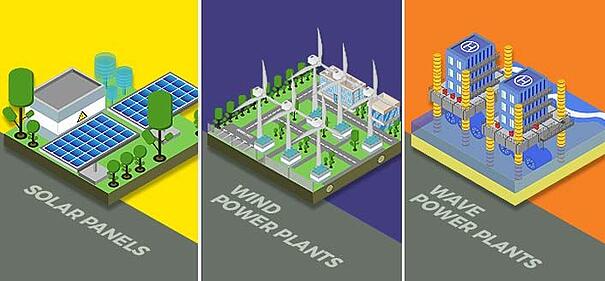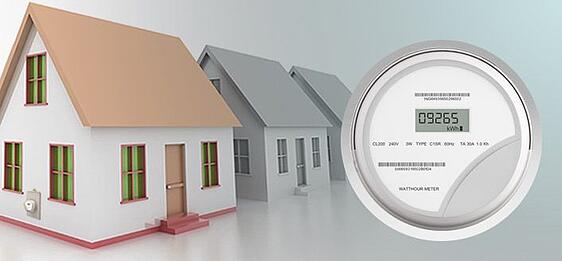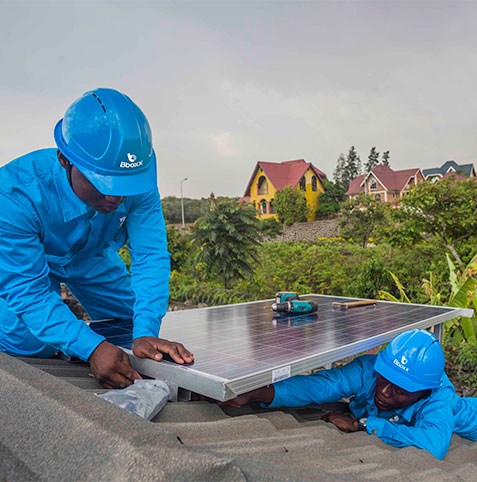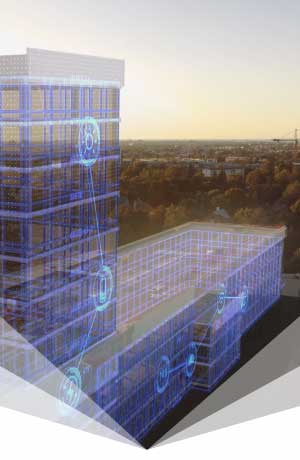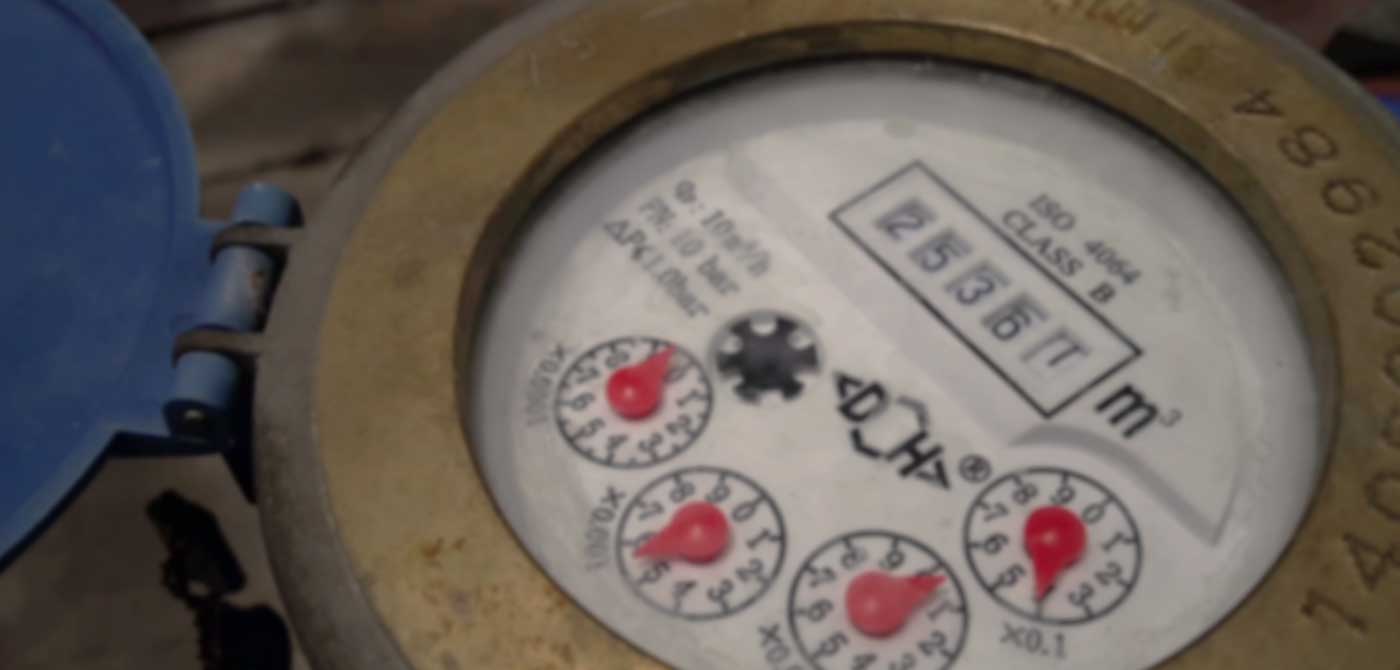This article is one in a series of insights for IoT in 2020. As 2019 comes to a close, Aeris is making an assessment of the IoT industry, looking forward to the year ahead, and highlighting the innovators in IoT and M2M connectivity.
According to the Energy Information Administration (EIA), renewable energy resources will be the fastest growing source of electricity generation in the United States for at least the next two years. Utility-scale solar generating units are predicted to grow by 17% in 2020, while wind generation will grow by 14%. And even though natural gas dominated the United States power generation mix in 2019, with more than 44% of generation capacity, wind and solar continued their rise, claiming 12% of total power generated for the U.S. in 2019.
The continued growth of wind and solar in 2019 was driven largely by growing corporate commitment to renewables, declining prices, improved performance, and supportive policies from state and local governments, such as renewable portfolio standards (RPS). As a result, a report from the Federal Energy Regulatory Commission discovered that, in 2019, renewables, as a whole (including hydroelectric), surpassed coal as a power source for the first time.
Power Companies are Moving Towards 100% Renewable Energy
Today, most U.S. power companies see rapidly expanding opportunities in clean, renewable energy sources. At the start of 2019, Xcel Energy became the first U.S. utility to commit to going 100% carbon-free by 2050, and 80% carbon-free by 2030. By November, nearly 50 companies had committed to significant carbon reduction goals, according to the Smart Electric Power Alliance. These expanding opportunities in renewable energy are driven mostly by increased customer interest, both in clean energy and in new ways to manage and control electricity usage and costs.
It is clear that investment from electric utilities is a necessary part of the move to renewable energy. A recent survey from Deloitte discovered that organizations across the private and public sectors identified coordination with our electric utility as the top external enabler for their progress in moving to cleaner energy sources. From building grid-scale wind and solar plants to providing distributed grid infrastructure for solar power, energy storage, as well as for electric vehicle charging, 2020 likely will bring increasing opportunities for power companies to create value as a catalyst in the clean energy transition.
On the Consumer Side, Smart Meter Installations are Driving Renewable Energy Management
Smart meters are making it easier for homes and businesses to switch to renewable energy. According to the EIA, U.S. electric utilities had about 86.8 million smart meter installations as of 2018, which amounts to more than half the electricity customers in the country.
Smart meters allow both customers and utilities to track electricity usage in real time using an Internet of Things (IoT) wireless connectivity infrastructure. Unlike traditional meters that only are capable of one-way meter-to-utility communication, smart meters M2M communication capabilities allow power companies and customers to interact and support smart consumption applications using real-time, or near real-time, electricity data. Customers benefit from smart meters through multiple initiatives from their electricity provider, such as dynamic electricity plans, more robust consumption data, and programs that incentivize power conservation during peak hours.
Smart meters also can help manage power generation for homes and businesses with solar panels or windmills installed on-site. In months where a customers renewable energy output exceeds their power needs, the excess electricity can be traded to the utility for credit. When generation falls short of their demand, the credits cover the cost of their usage. These exchanges form the backbone of a distributed grid infrastructure and are enabled through reliable asset connectivity, which smart meters make possible with two-way M2M communication.
Opportunities and Challenges Lie Ahead in 2020
While natural gas still is likely to dominate electricity generation in 2020, renewable energy will continue its rapid growth. Increased utility planning and more investment in transmission and distribution systems will be necessary for utilities to capitalize on renewable opportunities, and grid modernization initiatives, such as smart meter installations, will be imperative for U.S. customers to have a smooth transition to clean energy. With all these opportunities and challenges ahead for energy providers and renewable energy, it will become more critical than ever for electricity infrastructures to stay connected.
Aeris provides energy companies with a simple, flexible energy management platform that can diagnose problems, monitor usage, and provide actionable data to reduce energy consumption and cost. As renewable energy sources become more prevalent, Aeris will be there to facilitate grid stability through data-driven energy innovation. From connected smart meters to renewable distributed grid infrastructures, Aeris provides connectivity expertise to help you customize your energy network, bringing the grid one step closer to becoming a source of sustainable, clean energy for all.
To learn more about IoT and how it can help you lay the groundwork for the transition to renewable energy, contact Aeris today.
